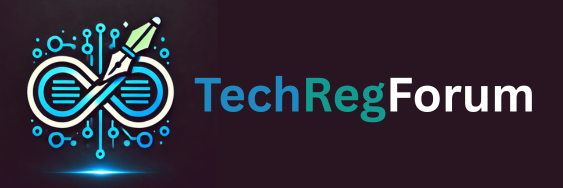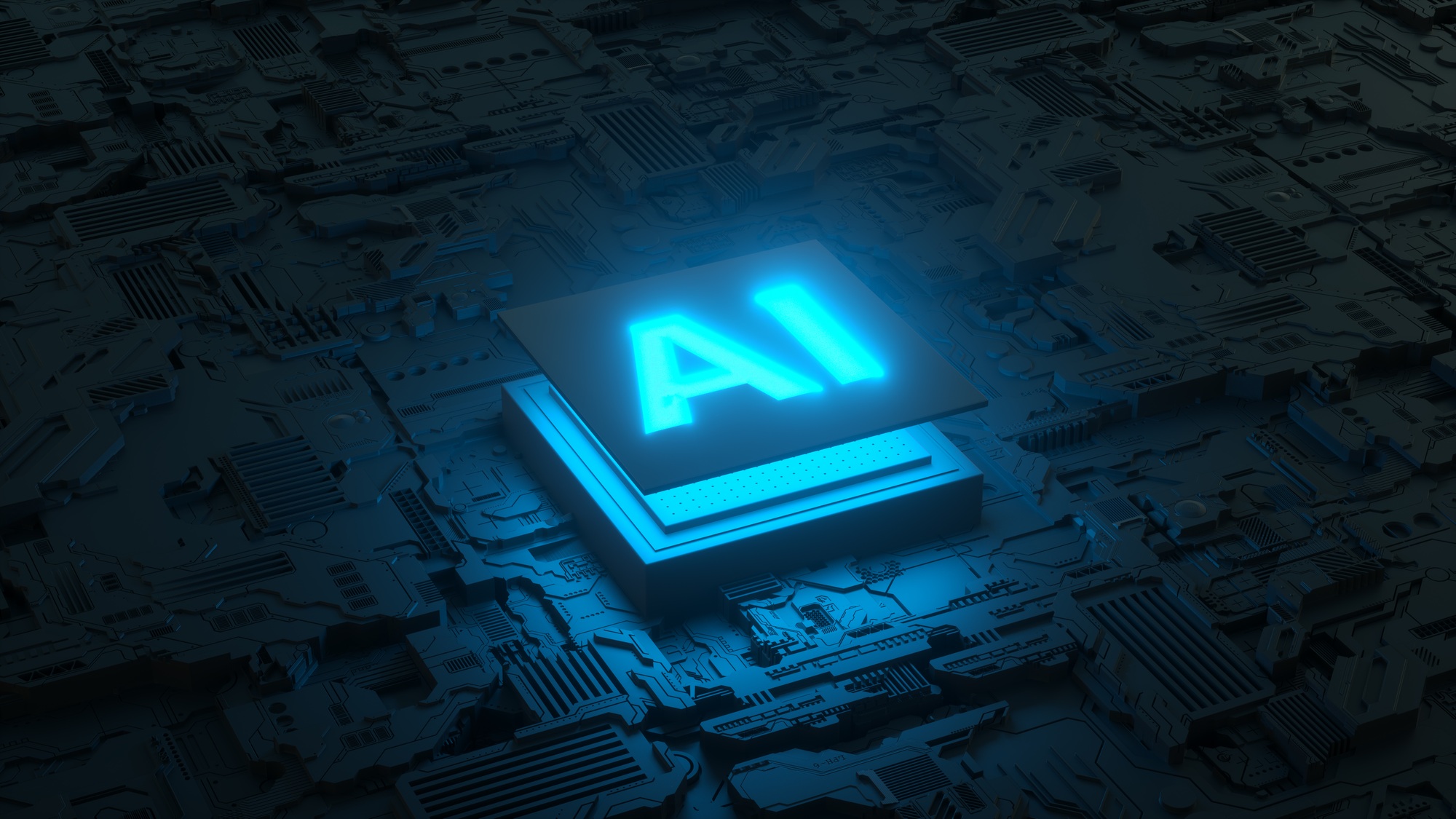~ Authored by Suhavi Arya
Artificial Intelligence (AI) has transformed our everyday schedules, offering the convenience and effectiveness required to accomplish tasks more quickly. Starting from Siri on our phones to chat bots on online shopping platforms, AI is everywhere. Unlike other technologies, we are certain that AI is here to stay. While AI is currently in no position to take over our jobs, it has definitely made many aspects of our professional lives easier. Industries ranging from entertainment to healthcare, which were once skeptical of AI have now started to embrace and incorporate it. As the AI landscape continues to evolve at lightning speed, staying updated on the latest terms and trends is crucial. The world of AI is vast and dynamic, this article will deep dive into the general umbrella term of “artificial intelligence”.
Different kinds of AIs: As we all know, Artificial intelligence refers to the general concept of machines acting in a way that simulates or mimics human intelligence. It can generally be categorised to three different types of AI: Narrow AI, Generative AI & Superintelligent AI.
Without knowing it, we have become accustomed to Narrow AI (aka Weak AI). A formal description of it would be, it is designed to perform narrow tasks and/ or specific set of tasks. By design, Narrow AI has its limitations: it lacks human-like intelligence, empathy, and common-sense reasoning competencies. It is also risky, as if one starts fully relying on Narrow AI, then the margin for errors, inaccuracies, or misinterpretations is more.
An example of it would be a Chatbot, or Siri, or Google Assistant on our phones or even Alexa. For example, a chatbot is a program that is designed to communicate with people through text or voice commands in a way that mimics human-to-human conversation. It has limited memory, and now you can often see it as “assistants” in B2C websites or for any other limited use.
This is different from Generative AI (GenAI or Strong AI) is a type of AI system which has broad human-like cognitive capabilities, enabling it to tackle new and unfamiliar tasks autonomously and across various domains. Many of us have started using it to create new text, images, video, audio, or even code. AI images do tend to take social media by storm.
These are often “autonomous” in nature. “Autonomous” in AI terms is a machine which can perform its task or tasks without needing human intervention. Autonomous Artificial Intelligence can work without human intervention in specific tasks to accelerate and improve detection, recognition, and response in sectors like law enforcement, banking, retail, and industrial operations.
ChatGPT, Geminis are based on “GPT” (Generative Pre-trained Transformer) which enables tasks such as language generation, translation, and summarization and Large Language Models (LLMs) which are AI systems capable of understanding and generating human language by processing vast amounts of text data. In an IPR suit before the Delhi High Court, one of the parties had used responses from ChatGPT, which Justice Pratibha Singh refused to entertain, she stated, “Accuracy and reliability of AI-generated data is still in the grey area. There is no doubt in the mind of the Court that at the present stage of technological development, AI cannot substitute either human intelligence or the humane element in the adjudicatory process. At best, the tool could be utilized for a preliminary understanding or preliminary research and nothing more”. Besides risks involving bias, data privacy and security, there are also concerns of IPR. In a situation where an AI-generated image sought copyright protection in both India and the U.S. Initially, the Indian Copyright Office granted protection, but later withdrew it. Conversely, the U.S. Copyright Office did not grant protection for the same image. However, the applicant managed to secure copyright protection in Canada for the image.
Superintelligent AI represents a future form of AI where machines could surpass human intelligence across all fields, including creativity, general wisdom, and problem-solving. This category of AI is speculative in nature and not yet realized. It’s like those movies where robots and humans battle it out – you know, the ones where the robots are super smart? Yeah, because in real life, our toasters are definitely plotting world domination as we speak!
There is a lot of scope for Human AI collaboration. As the name suggests, it is the merger of people and AI-driven technologies to create and produce things. An excellent example of this would be healthcare, where AI systems can be used to analyse X-rays or MRIs. While it does enhance productivity and improves decision making, it is important to remember that all AI has potential for bias, errors, data privacy and security issues.
The future lies in Human-AI collaboration, however, it’s vital to acknowledge the risks surrounding AI. By understanding these aspects, we can harness the power of AI responsibly and continue to shape a future where humans and intelligent machines work together.



